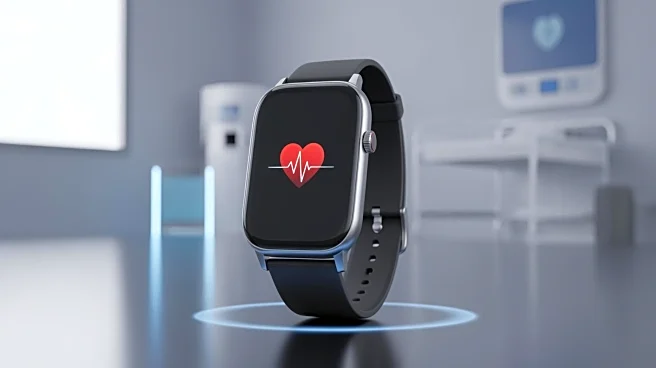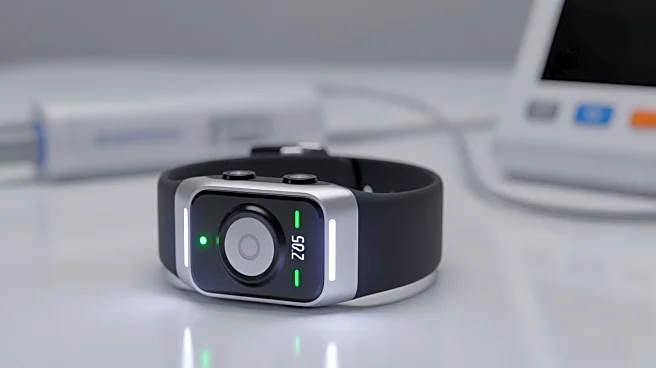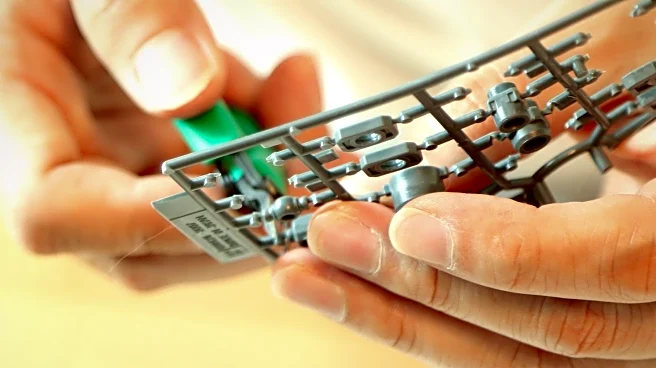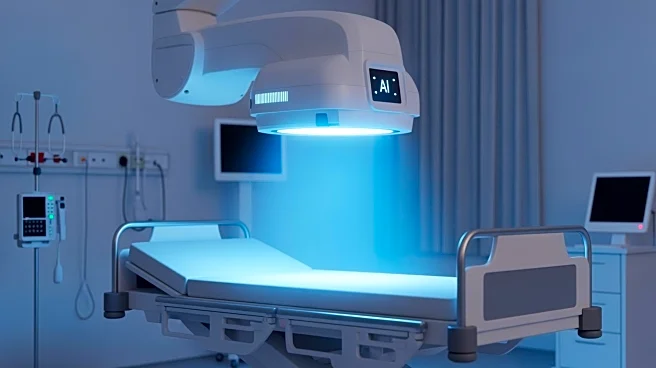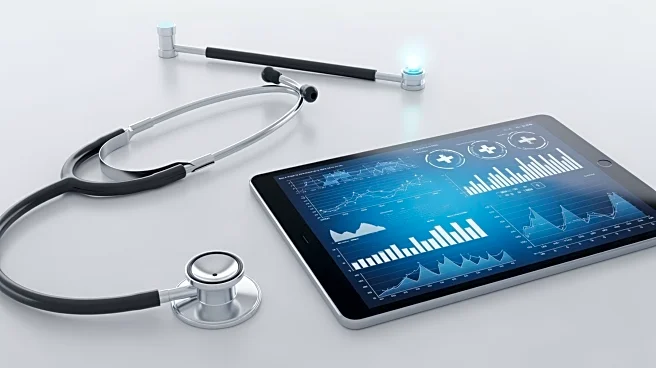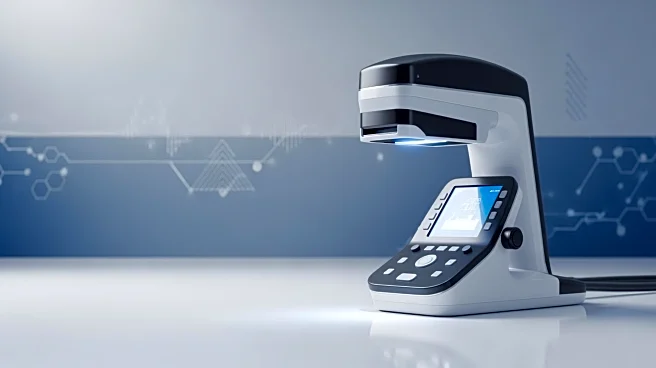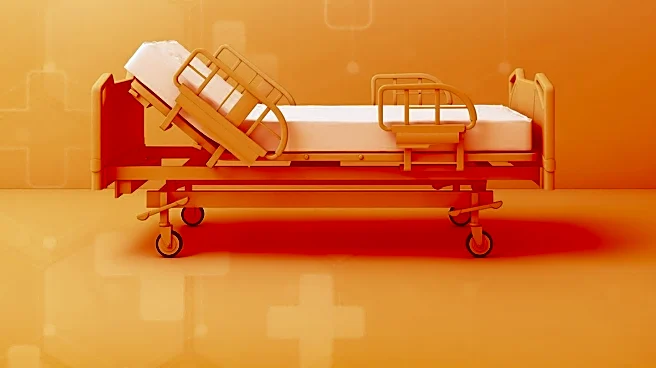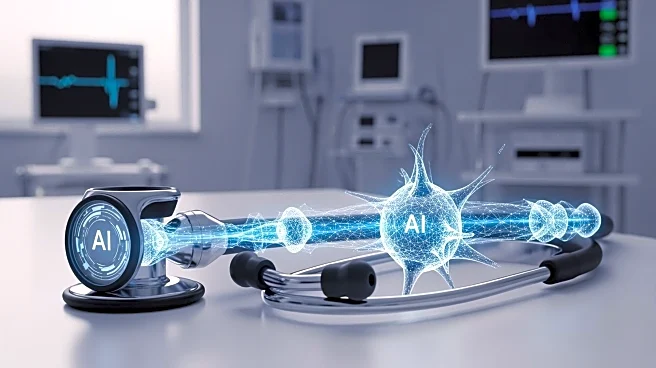What's Happening?
A recent study has evaluated the accuracy of a novel cuffless photoplethysmography (PPG)-based device for continuous blood pressure monitoring in patients who have undergone cardiac surgery. The study,
conducted at a single center, involved 96 adult participants with an average age of 63.2 years. The device's readings were compared to standard invasive arterial pressure measurements, using Bland-Altman plots and Pearson's correlations to assess accuracy. The device demonstrated high correlation coefficients for systolic and diastolic blood pressure, mean arterial pressure, and heart rate, indicating promising results for non-invasive monitoring. However, stability and blood pressure changes were not formally evaluated in this preliminary study.
Why It's Important?
The development of accurate, non-invasive blood pressure monitoring devices is crucial for improving patient care, particularly in postoperative settings. Traditional methods rely on cuff-based or invasive measurements, which can be cumbersome and uncomfortable for patients. The PPG-based device offers a potential alternative that could enhance patient comfort and streamline monitoring processes. If further validated, this technology could significantly impact healthcare practices by providing reliable, continuous monitoring without the need for invasive procedures, benefiting both patients and healthcare providers.
What's Next?
Further studies are necessary to validate the findings of this preliminary study according to updated protocols for pulseless devices. These studies will need to address the stability and changes in blood pressure over time to ensure comprehensive evaluation. The results could lead to broader adoption of cuffless monitoring devices in clinical settings, potentially transforming postoperative care and continuous monitoring practices.
Beyond the Headlines
The introduction of cuffless blood pressure monitoring devices could have broader implications for healthcare technology, encouraging innovation in non-invasive medical devices. This shift may also prompt discussions on regulatory standards and validation protocols for new technologies, ensuring patient safety and device reliability.
